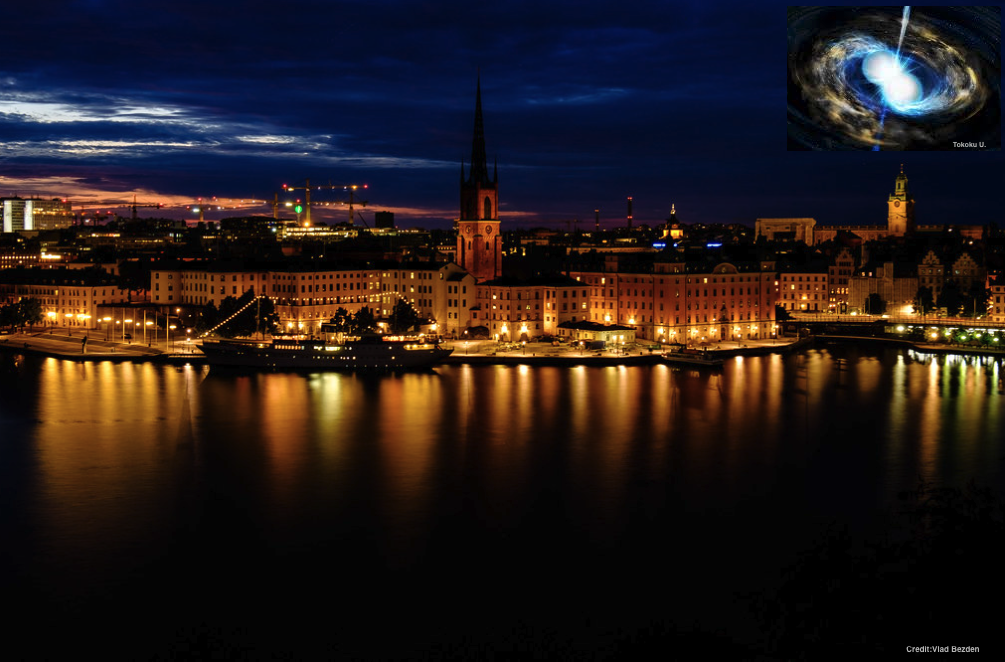I will present a summary of the observational properties of kilonovae. This sample includes AT2017gfo (associated with GW170817) and the more extensive but more sparsely sampled set of kilonovae identified in short and, more recently, in long-duration gamma-ray bursts. The broad photometric properties (peak magnitudes, timescales) are similar in many cases in which kilonovae are seen. However,...
A remarkable sequence of spectra were taken every 24hrs for 10 nights of the kilonova AT2017gfo. These covered 0.3-2.2microns at good signal to noise and spectral resolution (with the VLT X-shooter instrument). However AT2017gfo was at the relatively close distance of 40Mpc, and the volumetric rates of BNS mergers now imply this was a once in a decade (roughly) event. Application of radiative...
Kilonovae are expected to enter the nebular phase on a time scales of weeks. In the nebular phase, the kilonova spectra are considered to be composed of emission lines of r-process elements. Observing the nebular spectra may offer us unique opportunities to identify elements synthesized in neutron star merger ejecta. I will introduce some important concepts in the nebular modelings. Then the...
The electromagnetic transient following a binary neutron star merger is known as a kilonova (KN). KN ejecta evolve rapidly away from Local Thermodynamic Equilibrium (LTE) conditions to a regime where the thermodynamic conditions are defined by Non-Local Thermodynamic Equilibrium (NLTE) processes. In this talk, I will present results from the 1D NLTE modelling of KNe using the spectral...
Recent advancements in astrophysics, such as the James Webb space telescope (JWST) and the LIGO/Virgo gravitational wave detectors, have introduced new demands on atomic physics. With the JWST operating in the infrared spectral regime, and the LIGO/Virgo leading to the ground-breaking discovery of the first neutron-star-merger event accompanied by a kilonova transient (arguably a dominant...

